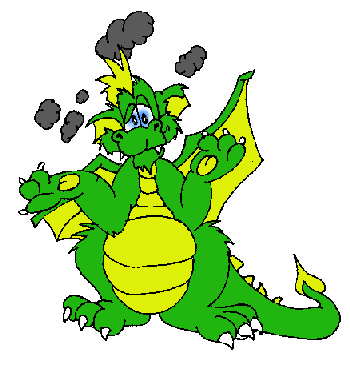
"Language" covers a wide variety of concepts. An SLP (Speech Language Pathologist) is generally referring to some area of vocabulary-semantics, syntax-morphology, or pragmatics.
The American Speech & Hearing website has articles about Speech and Language Development . Parents asking questions about the effects of speaking more than one language in the home might read Children and Bilingualism . The article addresses the issues of "How Do I Teach My Child to Be Bilingual" and "Will Using Two Languages Cause Speech-Language Problems?"
As a public school SLP, we might find a child who is "selectively mute". I recently became aware of an interesting resource: the book "The Teacher/Parent Guide to Helping Selectively Mute and Shy Children" by Gail Kervatt. She describes selective mustism as "a complex psychological disorder with an unknown origin. It is a widely misdiagnosed social phobia. Generally, it is called shyness for several years until a child enters school and does not function verbally in school and most social situations outside of school." This book is the story of story of how she and other school personnel devised and implemented a treatment plan for a selectively mute child. The American Speech - Hearing Association also has an article about Selective Mutism.
Leading
into my "Literacy" page, research (Goodman 86, van Kleek & Schuele
87) also shows that literacy-rich environments are crucial for helping
children with language disorders build their listening, speaking, reading,
and writing abilities. Active participation in literacy experiences has
been shown to improve comprehension and language development in children
(Morrow 89). Teale and Sulzby (1987) noted that children are more likely
to read a story that they have heard several times. After repeated readings,
children use more language and respond more frequently to questions in
more complex ways than they do after hearing only a single reading of a
story.
When I
am using Whole Language Expansion strategies, this should not be confused
with Whole Language reading instruction. Though the terms are similar,
the intent, the goal, is quite different. Language underlies reading instruction,
and this particular egg comes before the chicken.
|
|
|
|
|
|
|
Email us -- clouss (at) wy-os.net